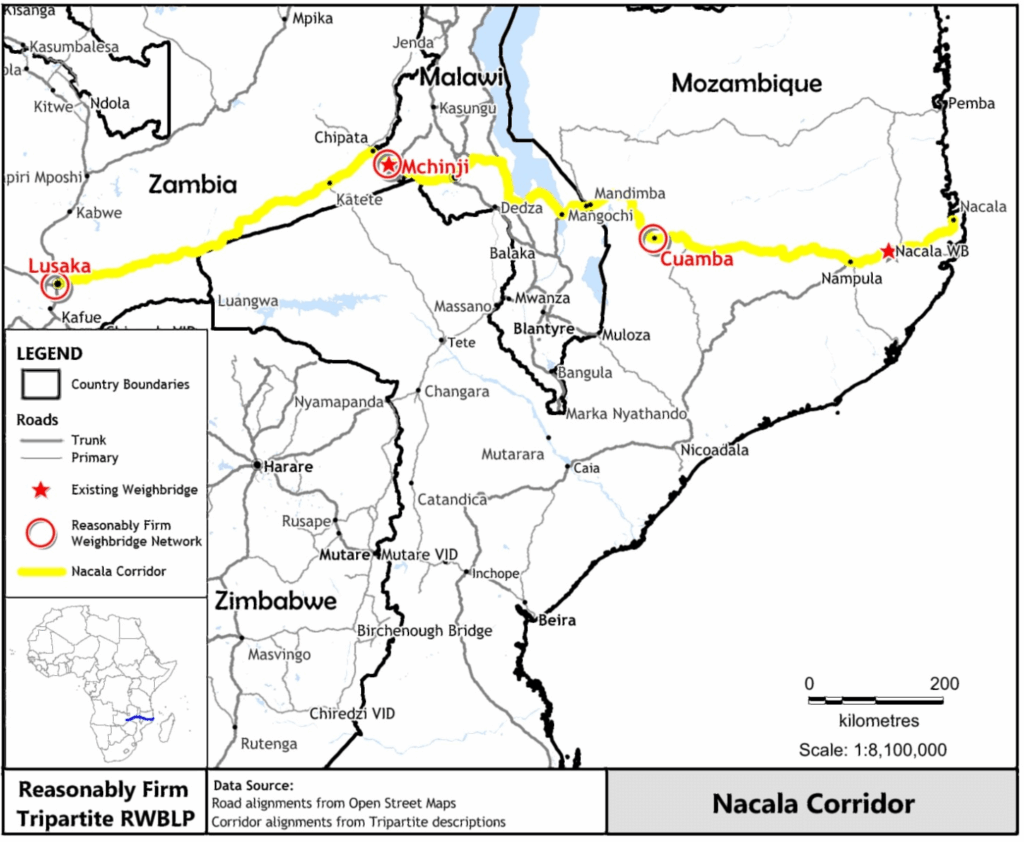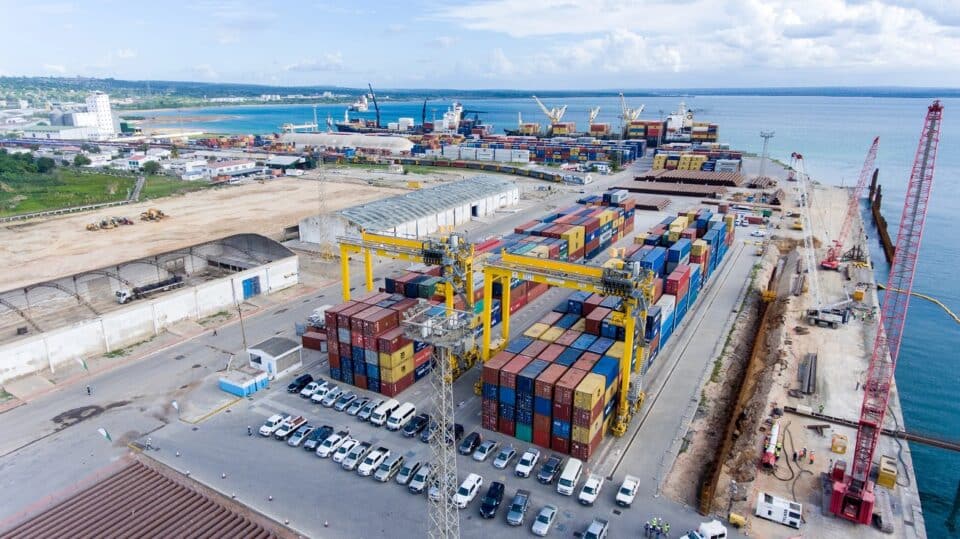A major new plan to improve sea lanes between Africa and Asia and to fortify maritime and terrestrial logistics networks between the Indian Ocean and the interior of Africa is about to be unveiled by Japanese Prime Minister Shigeru Ishiba. It will be announced at the 9th Tokyo International Conference on African Development (TICAD 9), which is set to be in Yokohama from August 20 to 22. The Indian Ocean–Africa Economic Zone Initiative is a calculated step up in Japan’s involvement in the construction of infrastructure in Africa.
Until now, Japan’s infrastructure efforts in Africa have primarily focused on the eastern coastal regions. However, the new plan aims to connect these coastal areas with inland nations, fostering integrated economic growth across both the continent’s interior and its maritime trade routes. By improving connectivity, Japan hopes to create a seamless economic zone linking African and Asian countries along the Indian Ocean.

A key focus of the plan is the acceleration of development along the Nacala Corridor, which runs from the landlocked nations of Zambia and Malawi to the Mozambican port city of Nacala on the eastern coast. This transport corridor will open a direct route for Zambia’s copper ore exports to Japan, bypassing the traditional reliance on South African ports and the longer route via the Atlantic Ocean. For Zambia, one of the world’s top copper producers, the corridor represents a faster and potentially more cost-effective trade route.
For Japan, the stakes are high. The country is entirely dependent on imports for copper ore, a critical raw material used in manufacturing electric vehicles, electronics, and renewable energy technologies. By establishing a stable and diversified supply chain through the Nacala Corridor, Japan can reduce the risks associated with supply disruptions and bolster its economic security. This move comes at a time when global demand for copper is surging, driven by the transition to low-carbon technologies and growing infrastructure needs.
Beyond the Nacala Corridor, the initiative also includes significant upgrades to key ports. In East Africa, Japan plans to improve facilities at the Port of Mombasa in Kenya, a vital trade hub serving multiple inland countries. In South Asia, the Port of Mumbai in India will see enhancements aimed at strengthening sea lanes and facilitating smoother trade flows between Africa and Asia. Together, these developments are designed to create a robust network of terrestrial and maritime routes capable of supporting expanded commerce, investment, and industrial growth.
It is anticipated that the Indian Ocean–Africa Economic Zone Initiative will present new prospects for Japanese businesses operating in industries like manufacturing, energy, transportation logistics, and infrastructure development. Japan hopes to strengthen its commercial relations with African countries and establish itself as a major force in the region’s growth by investing in vital ports and trade routes. A larger geopolitical agenda is also reflected in the program, as major economies vie for influence and resources in Africa.
With TICAD 9 serving as the platform for this announcement, Japan is signaling its commitment to long-term partnerships that not only benefit African economies but also reinforce its own economic resilience in a rapidly changing global landscape.


